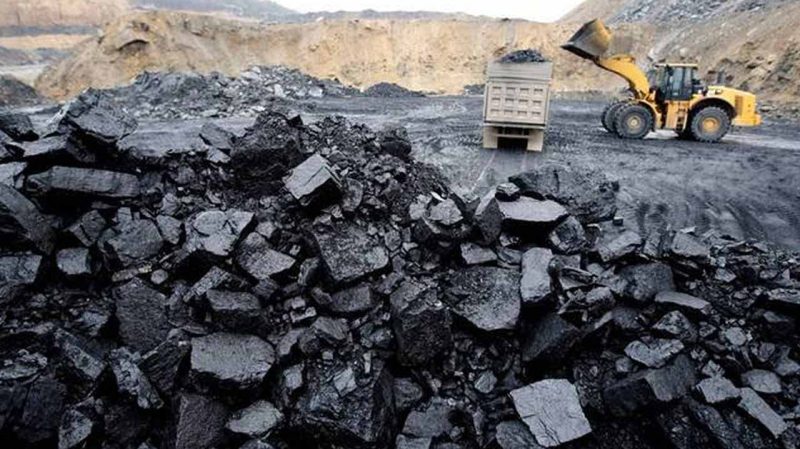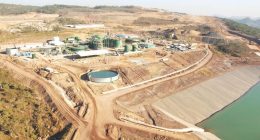In the first part of this article, we discussed some key solid minerals in Nigeria, such as iron ore, gold, bitumen, coal, and lithium, which have the potential to boost the economy. These are only a small portion of Nigeria’s mineral wealth. In this second part, we will talk about other minerals like tantalite, copper, uranium, bauxite, and gemstones. These resources are not being fully utilized.
Let’s begin with Tantalite! This is a crucial mineral used in electronic parts for mobile phones and laptops. It is abundant in Nasarawa, Kogi, Kwara, and the Federal Capital Territory. However, a lot of Nigeria’s tantalite is exported in raw form instead of being processed locally, resulting in lost revenue opportunities. Likewise, kaolin, which is used in making ceramics, rubber, paint, and paper, is abundant in Katsina, Borno, Plateau, Bauchi, Ekiti, and Ondo. Despite its availability, kaolin’s potential is not fully tapped, leading to a reliance on imports for these industries.
Nigeria is also rich in gemstones like sapphire, tourmaline, aquamarine, and topaz, found in Kaduna, Bauchi, Plateau, and Nasarawa. Due to insufficient regulations and mining support, these gems are often smuggled out or sold cheaply on the international market. With improved government policies and investments in the gemstone industry, Nigeria could become competitive globally.
Copper, which has significant industrial value and is used in electrical wiring and plumbing, is found in Nasarawa, Zamfara, Bauchi, and Kano. But inadequate mining infrastructure and surveys have hindered large-scale copper mining.

Not forgetting that manganese, an important mineral for steel and battery production, is present in Kebbi, Zamfara, and Cross River states. Properly exploiting manganese could help Nigeria become a significant player in the steel and renewable energy sectors.
Uranium, vital for nuclear energy, is located in Gombe, Adamawa, and Taraba. However, due to its connection with nuclear power, Nigeria lacks a clear policy for its mining. Managed responsibly, uranium could serve as an alternative energy source, reducing dependence on fossil fuels.
Bauxite, needed for aluminium production, is found in Benue, Ekiti, and Adamawa. Aluminium is essential for construction, packaging, and transportation. By tapping into its bauxite resources, Nigeria could support local aluminium production and decrease imports.
Phosphate, crucial for fertilizer production, is available in Sokoto, Ogun, and Edo. Yet, Nigeria still relies heavily on imported fertilizers for farming. Developing its phosphate resources could lead to a domestic fertilizer industry that supports agriculture and reduces costs for farmers.
Salt, abundant in Ebonyi, Benue, and Cross River, is another essential resource that Nigeria continues to import in large quantities, highlighting the need for better local production. Also, Silica sand, crucial for glass manufacturing, is found in Ogun, Bayelsa, and Delta. Fully utilizing local silica sand could significantly enhance Nigeria’s glass industry.
Gypsum, used in cement and plaster production, is plentiful in Yobe, Gombe, and Adamawa. The cement industry has already benefited from local limestone reserves and could further reduce production costs by using domestic gypsum.
Despite Nigeria’s vast potential in solid minerals, many challenges remain. Illegal mining is a significant issue, resulting in revenue losses and environmental damage. Communities near mining sites often deal with pollution and land degradation due to unsustainable practices. Additionally, inadequate infrastructure hampers the sector’s growth. Exploring and investing in these resources responsibly could pave the way for Nigeria’s economic progress.
In subsequent articles, we will look at the challenges faced by Nigeria’s mining industry and explore ways the country can make better use of its mineral resources for lasting economic growth.













